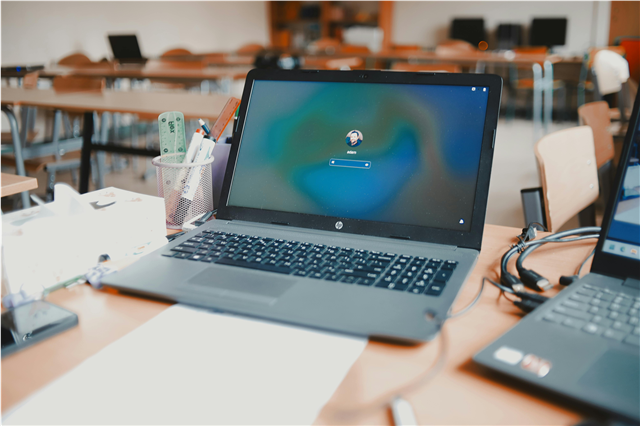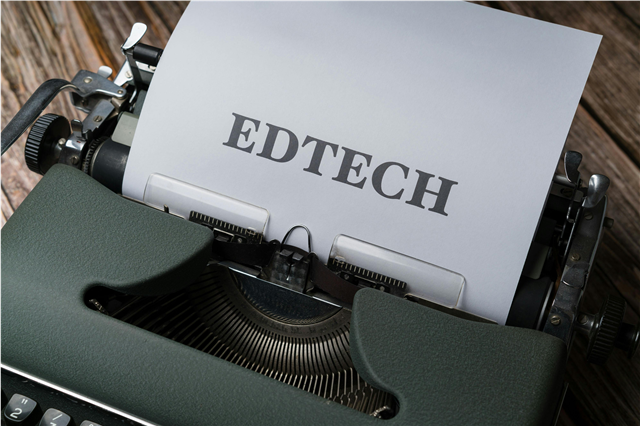
How is educational software used to enhance learning outcomes?
In today's digital age, educational software has revolutionized the way students learn and teachers teach. But how exactly does this technology enhance learning outcomes? Let's explore 15 compelling facts that reveal the transformative power of educational software in modern education.
The Digital Learning Revolution: By the Numbers
1. Personalized Learning at Scale Did you know that students using educational software show 30% better academic performance compared to traditional methods? This remarkable improvement comes from software that adapts to each student's learning pace, creating personalized pathways that cater to individual strengths and weaknesses.
2. Gamification Works Wonders Educational games and gamified learning platforms increase student engagement by up to 60%. When learning feels like play, students retain information 90% better than through rote memorization alone.
3. AI-Powered Tutoring Systems Artificial intelligence tutors can provide 24/7 personalized assistance, equivalent to having a private tutor for every student. These systems can identify learning gaps in real-time and provide immediate corrective feedback.
Breaking Down Barriers to Learning
4. Accessibility for All Learners Educational software has made learning accessible to students with disabilities through features like:
- Text-to-speech capabilities for visually impaired students
- Dyslexia-friendly fonts and spacing
- Sign language integration for hearing-impaired learners
- Adjustable speed controls for different processing abilities
5. Language Learning Breakthrough Language learning apps have shown that students can achieve 40% faster vocabulary acquisition when using software compared to traditional classroom methods. Interactive pronunciation tools and cultural immersion simulations make language learning more effective than ever.
The Data-Driven Classroom
6. Real-Time Progress Tracking Teachers using educational software can monitor student progress in real-time, identifying struggling students 73% faster than traditional assessment methods. This early intervention capability prevents learning gaps from becoming insurmountable obstacles.
7. Predictive Analytics in Education Advanced educational platforms use predictive analytics to forecast student performance with up to 85% accuracy, allowing educators to intervene before students fall behind.
Transforming Traditional Teaching Methods
8. Flipped Classroom Success Educational software enables the flipped classroom model, where students learn content at home through interactive modules and use classroom time for hands-on activities. This approach has shown to improve test scores by 23% on average.
9. Collaborative Learning Platforms Modern educational software facilitates group projects and peer-to-peer learning through collaborative platforms where students can work together on assignments, share resources, and provide feedback in real-time, regardless of their physical location.
10. Virtual Reality Learning Virtual and augmented reality educational software allows students to:
- Explore ancient Rome in 3D
- Conduct virtual science experiments
- Practice surgical procedures
- Visit historical events firsthand These immersive experiences increase information retention by 75% compared to traditional textbooks.
Measuring Success: The Impact on Learning Outcomes
11. Improved Test Scores Across the Board Schools implementing comprehensive educational software solutions report:
- 15-40% improvement in standardized test scores
- 50% reduction in time needed to master core concepts
- 80% increase in student engagement during lessons
12. Enhanced Critical Thinking Skills Interactive problem-solving software develops critical thinking skills 2.5 times faster than conventional teaching methods, preparing students for complex real-world challenges.
Bridging the Digital Divide
13. Equalizing Educational Opportunities Educational software has the potential to provide high-quality education to underserved communities. Mobile learning apps can deliver world-class educational content to students in remote areas, potentially improving global literacy rates by up to 35%.
14. Cost-Effective Education Solutions Digital educational resources can reduce textbook costs by up to 90% while providing more current, interactive, and engaging content that can be updated in real-time.
Future-Proofing Education
15. Preparing Students for Digital Careers Students who regularly use educational software develop digital literacy skills essential for 65% of future jobs that don't even exist today. These platforms teach everything from basic computer skills to coding and data analysis.
The Bottom Line: Enhanced Learning Outcomes
Educational software enhances learning outcomes through:
- Personalization: Adapting to individual learning styles and paces
- Engagement: Using gamification and interactive elements
- Accessibility: Making education available to diverse learners
- Efficiency: Streamlining administrative tasks for teachers
- Data-driven insights: Providing actionable information for improvement
Conclusion: The Learning Revolution Continues
As educational technology continues to evolve, the potential for enhancing learning outcomes grows exponentially. From AI tutors to virtual reality classrooms, educational software is not just supplementing traditional education—it's transforming it entirely.
The key to success lies in thoughtful implementation, teacher training, and choosing software that aligns with educational goals. When done right, educational software creates an environment where every student can thrive, regardless of their background or learning challenges.
Ready to transform your learning outcomes? The future of education is here, and it's powered by innovative educational software that makes learning more effective, engaging, and accessible than ever before.
Keywords: educational software, learning outcomes, digital education, personalized learning, AI tutoring, gamification, virtual reality learning, educational technology, student engagement, learning analytics
Meta Description: Discover how educational software enhances learning outcomes through 15 fascinating facts. Learn about AI tutoring, gamification, VR learning, and personalized education that improves student performance by up to 40%.
















Post Comment